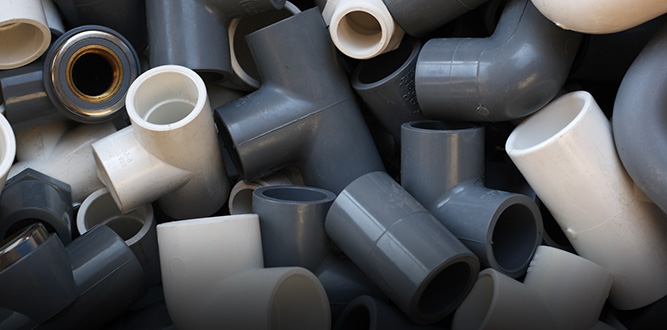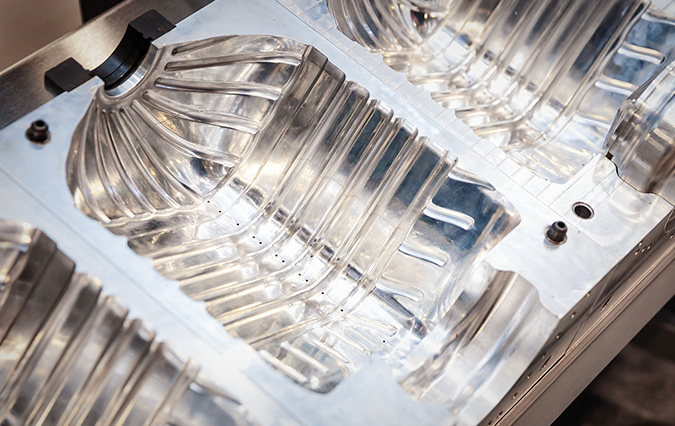The Importance of Temperature Control in Plastic Injection Molding
Quality Temperature Control in Thermoplastic Injection Molding Makes All the Difference in Your Manufactured Part
The plastic injection molding process employed by the experts at Retlaw Industries needs to be top quality in order to create the most precise molded part. One of the determining factors for quality injection molding is proper temperature control throughout the injection molding process. Countless considerations and calculations are made by the expert molders and engineers at Retlaw to achieve proper temperature control. Among these factors are:
 Plastic Type
Plastic Type Material Melting Point
Material Melting Point Mold Temperature
Mold Temperature Mold Intricacies
Mold Intricacies Mold Size
Mold Size Residence Time
Residence Time
These factors and others, including mold heating-cooling channels and the coolant type, are essential considerations for a quality plastic part. The custom injection molding professionals at Retlaw Industries are available to tell you more about the process conditions in which they make their molded plastic part products.
Contact Retlaw Industries Today







